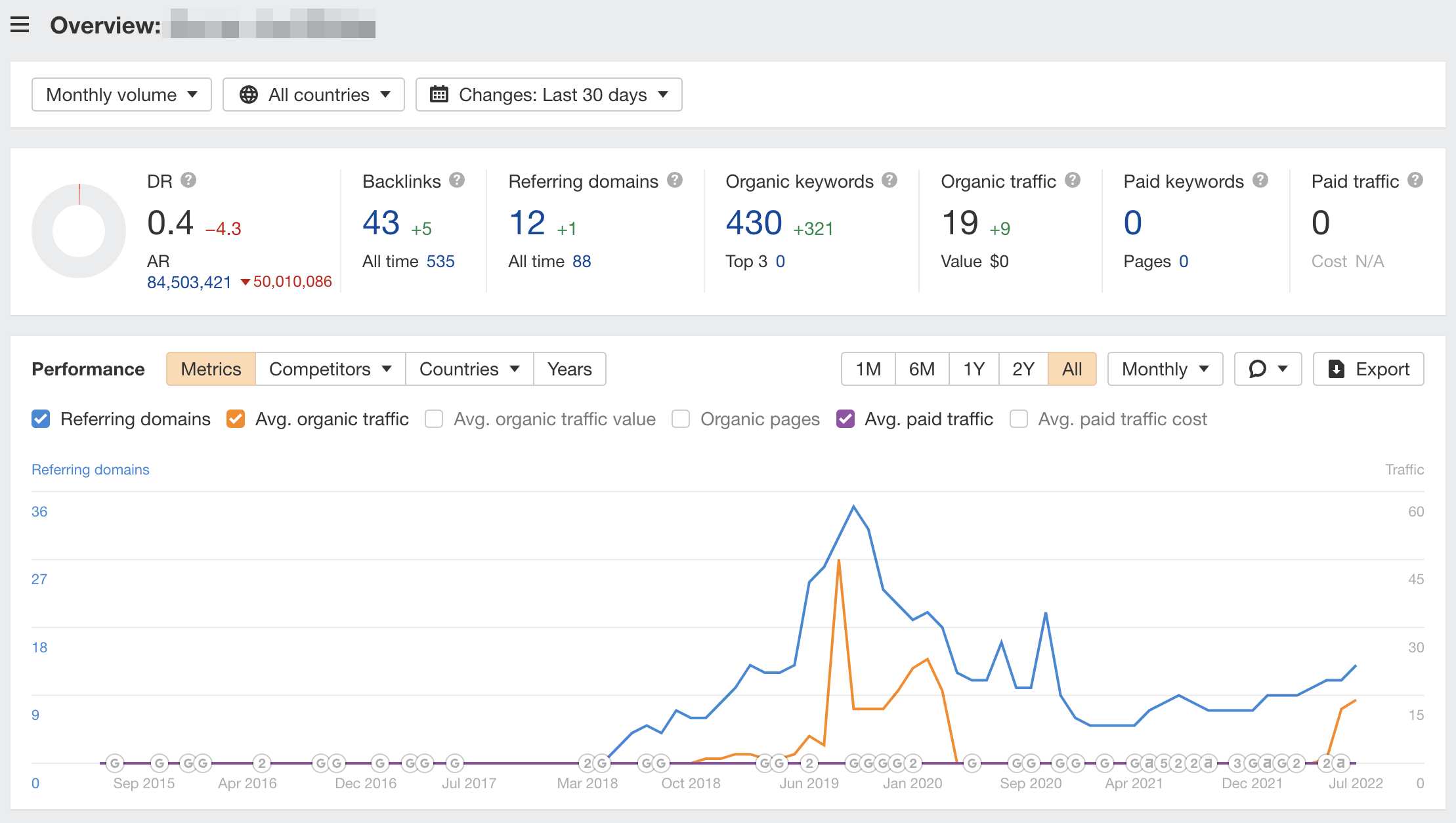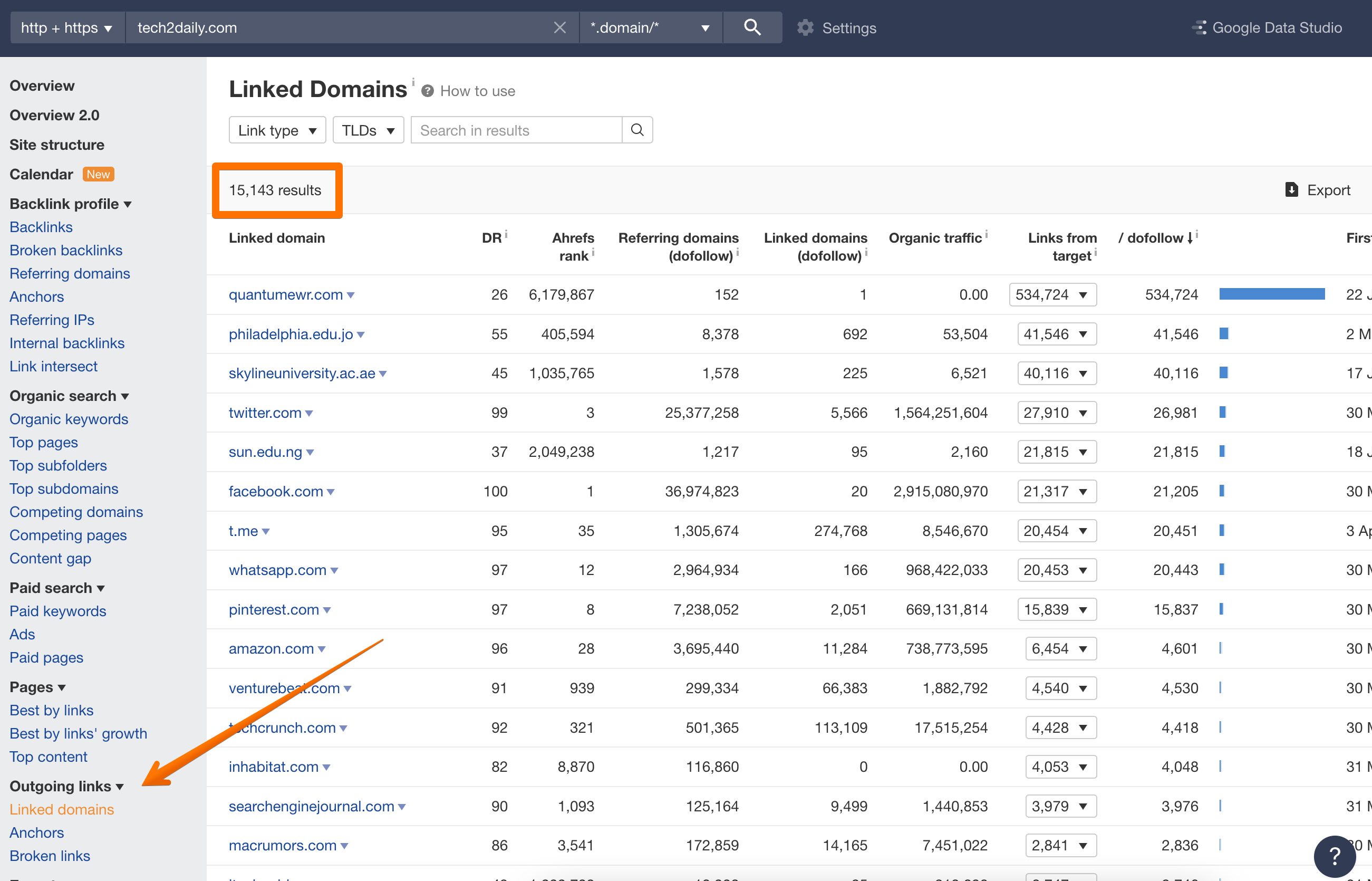Link Farm
What is a Link Farm?
A link farm is a series of websites that all link to each in order to improve their search rankings. Link farms are very similar to Private Blog Networks (PBNs) but the difference is that PBNs are built to send link juice to a website outside of the PBN, while websites within a link farm only link to each other.
Oftentimes, SEOs build link farms to sell link placement in existing content or the publication of guest posts.
Are link farms important for SEO?
Link farming is a manipulative black-hat SEO technique that is frowned upon by Google. However, Google isn’t always able to catch unnaturally built links, so many SEOs still build link farms. The tactic is especially popular in industries where it’s generally hard to build links the natural way, such as the gambling, loans, and adult industries.
When Google does catch a link farm, it can penalize not just the sites within the link farm but also the websites the link farm is linking to. That’s why webmasters and white-hat SEOs need to learn how to detect and avoid getting backlinks from them.
How to detect link farms?
Whenever you have a chance to get a link from a website, it’s important to make sure that the site doesn’t belong to a link farm. There are a few ways to do that:
1. Evaluate the overall quality of a website
Websites within a link farm almost always have badly written and/or computer-generated content that is a bit all over the place or covers odd topics. They usually don’t look great either, using a template design with little to no customization.
Websites within a link farm are also more likely to have a cheap Top-Level Domain (TLD) such as .top or .xyz.
Have a look at the below three websites:



All three are built with the same template, and while their domains and site categories want to make you believe that they are tech sites, the content isn’t that specific, and on top of that, it’s horribly written.
2. Look for “author” and “about” information
Link farm websites will either have anonymous authors or display fake author profiles using stock photography. They also tend to have minimal and/or nonsensical “About” pages, making it impossible to learn who is behind the website.
Lastly, these websites typically won’t offer contact information, or they’ll have a generic contact form.
3. Check the number of linked websites
While linking to relevant authoritative sites is a good SEO practice, it’s not a good sign when a website links out to a huge number of sites. This goes even more for individual pages: if each page on a website has tons of outgoing links, you might be dealing with a link farm.
To find out how many websites a site links to, use Ahrefs’ “Linked Domains” report within the Site Explorer tool.
We looked up one of our examples from above in Site Explorer and saw that this site has existed since 2018, and yet it has a Domain Rating (DR) of only 0.4, practically no backlinks, and very little organic search traffic.

However, when we check the “Linked Domains” report, we see that this site links back to over 15,000 other websites:

Something smells fishy here.
4. Check the anchor texts
Another signal for a link farm website is unnatural anchor texts within its content. If the majority of the anchor texts are keyword-rich, the site’s SEO is probably manipulating links, and there’s a fair chance the website is part of a link farm.
Site Explorer allows you to check anchors of both incoming and outgoing links for any website:

81k outgoing links with the same keyword-rich anchor text do not look natural.
5. Don’t let SEO metrics trick you
Even if a website is well-designed and has a relatively high DR, that doesn’t mean it’s not part of a link farm. Ahrefs’ DR metric (as well as similar metrics in other tools) is not perfect and can be manipulated. Some SEOs and webmasters boost the DR of their site specifically in order to sell links.
A better metric to look at is a site’s organic search traffic as well as its organic traffic history. This gives you an idea of the site’s growth process and if it actually gets visitors.
Another thing to analyze is the keywords a website is ranking for. Going back to our earlier example, if a 4-year-old site is ranking for a mere 300+ keywords, something might be off. And if the articles are clearly stuffed with keywords, it’s best to walk away.